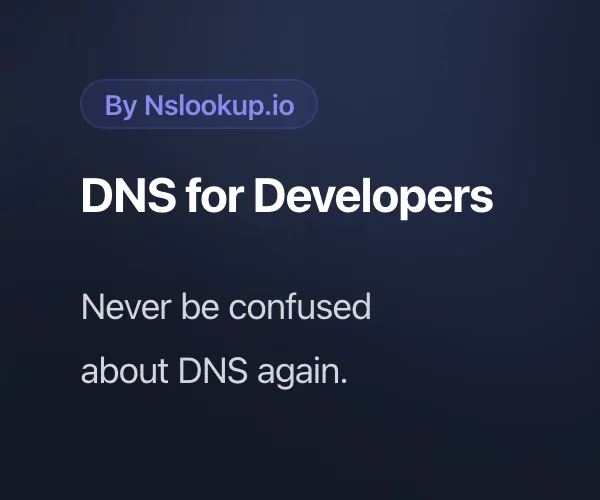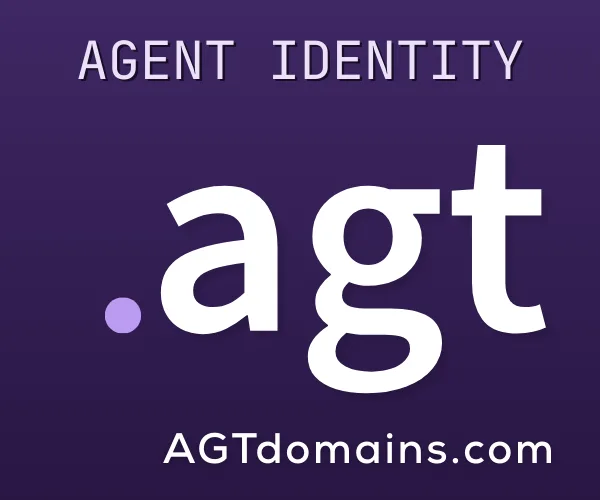
I first came across Cloudname on Twitter and soon found the name popping up in several discussions. Cloudname is touted as an innovative platform for online domain trading. One feature that seems to make this platform unique is that it uses NFTs to allow anyone to tokenize and trade domains in real-time.
Davide Vicini, co-founder, was kind enough to answer my questions.
Mike: What does it mean to tokenize a domain? What are the benefits of doing this? Can a dot com be tokenized? Who then truly owns the domain name?
Davide: Very good question. So, in brief yes, a domain can be tokenized, and the main benefit is that you get more liquidity for the domain in the secondary market. Imagine you hold a 500k USD domain and its very difficult to sell, but what if you can fractionalize it and divide it in 500 units?
The process is simple, like an IPO, instead of one owner the domain will have multiple owners. However, this goes just for the ownership of the economical value and not for the rights to use the domain. The domain cannot be used, but just traded. This is possible via a combination of different Swiss Financial licenses that allows Cloudname to leverage the administration role on the fractionalized domains.
Mike: The website states that Cloundame helps you to spot potential trends and valuable domains to invest in for increasing your return on investment as much as possible. How do you do this?
Davide: Cloudname is building an infrastructure that collects data from more than 20 different APIs. With all these data we can elaborate further and create a series of machine learning algorithms that scout sematic trends, social mentioning, keywords and so on.
With these data displayed to costumers, each user can study trends and make their own assumptions on how different words will be used, how much economical appreciation they can have and if it’s a good moment to buy or to sell a domain. Imagine if five years ago you would have a friend that told you to buy “defi.io” …!

Mike: Is Cloudname a sales platform for all types of domain names or limited to decentralized names?
Davide: It's for all types, Web2 and Web3. This is the strength of Cloudname, no limitations, regarding the words or the type of domains. Custumers can truly find what they desire most on Cloudname.com.
Mike: That said, can you explain what the difference is between centralized and decentralized names and what the advantages / disadvantages are?
Davide: Web3 or Decentralised Domains are a totally new trend. As of today, the main feature of Web3 domains is that they can serve as digital identity in navigating Dapps and crypto environments, also crypto exchanges. They are used to login in different platforms and to prove your identity. The main difference is that with Web3 domains owners cannot really build an SEO campaign and use them as an online business as the Web2 domain. But I guess it is just matter of time before a complete Web3 browser, indexing and websites ecosystem will come live!
Mike: How is it that. ETH domains will grow in value?
Davide: It really depends on the used domain word(s) and how the market perceives the rarity of that word and/or number series.
Mike: Why do only certain browsers recognize theses TLDs and is that a limitation?
Davide: I don’t think it is a limitation but rather just the start of Web3 acceptance. As said previously, this can be because we are seeing browsers that are crypto friendly such as Brave browser that are more incline to be first movers, but surely not google chrome if not via specific plug-ins. This is because it is not possible yet to index behavior while using such domains, and therefore simple and complex SEO and SEM strategies cannot be live yet on Web3 domains. In my opinion it is just a matter of time before this will be possible.
Mike: How exactly are these names used and what is their purpose? Can you provide a user case scenario as to how an individual or business would use one of these names to host a site and or manage a wallet?
Davide: This is a good question. Web3 domains can be used for payment purposes, so for example from crypto exchanges and -users or from financial institutions to manage their crypto cash flows or from KOLs and Influencers to airdrop NFT or tokens to their communities. Use cases can be multiple on the payment side of Web3 domains.





